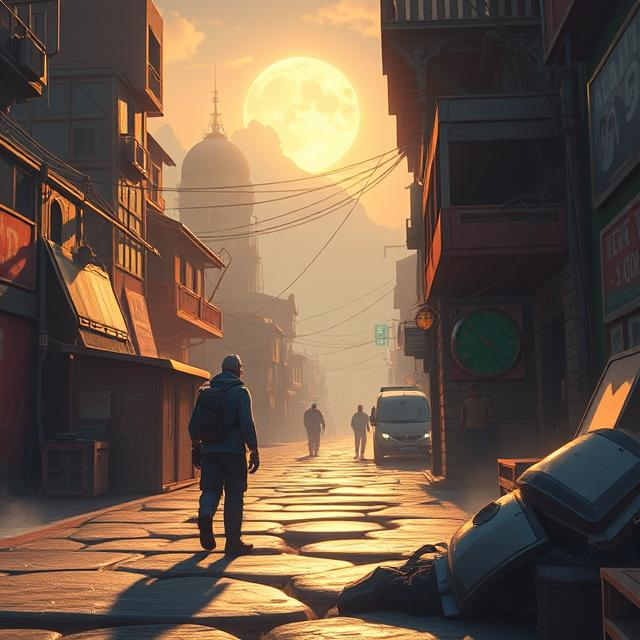Time travel in video games is a powerful narrative and mechanical tool. When done well, it introduces complexity, emotional weight, and player agency. But only a few games manage to use it in ways that feel both innovative and cohesive.
One standout is Chrono Trigger (1995). The game lets players travel across several time periods, from prehistory to a post-apocalyptic future. Actions in one era affect others, creating a web of cause and effect that directly ties player choice to world change. It was groundbreaking—and still holds up.
In Braid, time manipulation is central to its puzzles. Each world introduces new time rules: rewinding, pausing, or syncing movement with time itself. The gameplay serves a deeper story about regret, obsession, and consequences, culminating in one of gaming’s most memorable (and disturbing) twists.
Life is Strange uses time travel to explore emotion, morality, and identity. The ability to rewind choices gives players a sense of control—until they realize some outcomes can’t be avoided. It turns the mechanic into a metaphor for growing up.
The Legend of Zelda: Majora’s Mask also stands out. The entire world runs on a repeating 3-day cycle, and players must navigate time loops to solve problems, help NPCs, and prevent the apocalypse. The mechanic reinforces the game’s eerie, melancholic tone.
In the best examples, time travel isn’t just a plot device—it’s deeply integrated into design, enhancing both gameplay and narrative. When the mechanic shapes how the story is told and how players interact with the world, time travel becomes more than a gimmick—it becomes a lens through which the game is experienced.

Leave a Reply